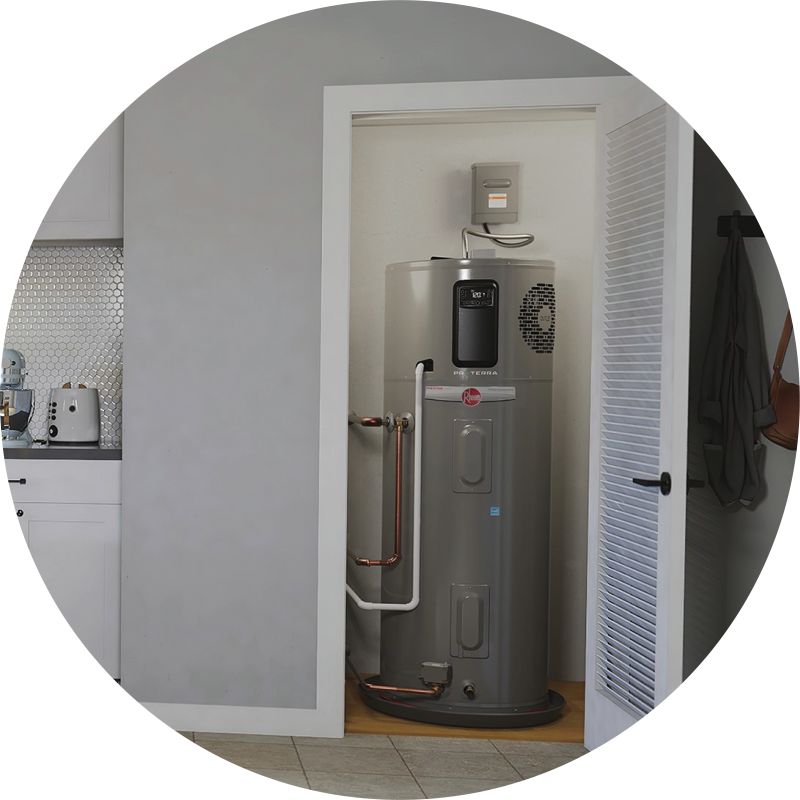Best Practices for Maintaining Your Home's Hot Water SystemHow to Keep Your Home's Hot Water System Functioning Well
Best Practices for Maintaining Your Home's Hot Water SystemHow to Keep Your Home's Hot Water System Functioning Well
Blog Article
Just about everyone may have their own piece of advice on the subject of How to Maintain a Hot Water Heater in a Few Simple Steps.
Warm water is crucial for everyday convenience, whether it's for a rejuvenating shower or cleaning dishes. To ensure your hot water system runs efficiently and lasts longer, regular maintenance is key. This article provides practical tips and understandings on just how to preserve your home's warm water system to prevent disruptions and pricey repair services.
Intro
Preserving your home's hot water system might seem daunting, yet with a couple of straightforward steps, you can ensure it runs efficiently for many years to find. This guide covers every little thing from recognizing your hot water system to DIY upkeep ideas and understanding when to contact professional aid.
Value of Maintaining Your Warm Water System
Normal maintenance not just prolongs the life expectancy of your warm water system however also ensures it runs effectively. Overlooking maintenance can result in lowered performance, higher power bills, and also premature failing of the system.
Signs Your Warm Water System Needs Upkeep
Knowing when your warm water system requires interest can protect against major problems. Look out for signs such as irregular water temperature, odd sounds from the heating unit, or corroded water.
Comprehending Your Warm Water System
Before diving into maintenance jobs, it's useful to comprehend the standard components of your warm water system. Commonly, this includes the hot water heater itself, pipelines, anode poles, and temperature controls.
Month-to-month Maintenance Tasks
Routine month-to-month checks can help catch small concerns prior to they escalate.
Purging the Hot Water Heater
Flushing your water heater gets rid of sediment accumulation, boosting efficiency and lengthening its life.
Checking and Replacing Anode Rods
Anode poles prevent rust inside the storage tank. Evaluating and replacing them when worn is important.
Examining and Adjusting Temperature Settings
Changing the temperature settings guarantees ideal efficiency and security.
Do It Yourself Tips for Upkeep
You can do a number of upkeep jobs yourself to keep your hot water system in top problem.
Looking for Leakages
Consistently check pipelines and links for leaks, as these can result in water damage and higher bills.
Evaluating Stress Relief Valves
Evaluating the pressure safety valve guarantees it functions properly and prevents extreme stress build-up.
Insulating Pipes
Shielding warm water pipes decreases warmth loss and can save energy.
When to Call an Expert
While do it yourself upkeep is helpful, some concerns call for specialist experience.
Complex Problems Needing Expert Assistance
Examples include major leaks, electrical problems, or if your hot water heater is constantly underperforming.
Routine Expert Maintenance Benefits
Professional maintenance can consist of detailed assessments, tune-ups, and making sure compliance with security standards.
Conclusion
Normal upkeep of your home's warm water system is vital for performance, durability, and expense savings. By following these ideas and recognizing when to look for expert help, you can ensure a trusted supply of hot water without unexpected disturbances.
How to Maintain an Instant Hot Water Heater
Before tinkering with your hot water heater, make sure that it’s not powered on. You also have to turn off the main circuit breaker and shut off the main gas line to prevent accidents. Also turn off the water valves connected to your unit to prevent water from flowing into and out of the appliance. 2. When you’re done, you have to detach the purge valves’ caps. These look like the letter “T” and are situated on either side of the water valves. Doing so will release any pressure that has accumulated inside the valves while at the same time avoid hot water from shooting out and burning your skin. 3. When the purge valves’ caps are removed, you have to connect your hosing lines to the valves. Your unit should have come with three hoses but if it didn’t, you can purchase these things from any hardware or home repair shops. You can also get them from retail stores that sell water heating systems. Read the user’s manual and follow it to complete this task properly. When the hosing lines are connected, open the purge port’s valves. 4. You should never use harsh chemical cleaners or solutions when cleaning your unit. Make use of white vinegar instead. It should be undiluted and you’ll probably use about 2 gallons. 5. Now flush your water heater. This task should probably take about 40 minutes. We can’t give you specific directions for this because the procedure is carried out depending on the type, model and brand of your heater. With that being said, refer to the user’s manual. 6. When you’re done draining the unit, you have to turn off the purge port valves again. Remove the hosing lines that you earlier installed on each of the water valves. Put the valve caps (purge port) back in their respective places and be very careful so as not to damage the rubber discs that are found inside these caps. 7. Now that everything’s back in place, check your user’s manual again to find out how to reactivate your water heating system. 8. Once it is working, turn one of your hot water faucets on just to let air pass through the heater’s water supply pipes. Leave the tap on until water flows smoothly out of it. https://www.orrplumbing.com/blog/2014/september/how-to-maintain-an-instant-hot-water-heater/

We were made aware of that editorial about Tips For Maintaining Your Hot Water Heater from a buddy on our other domain. Don't hesitate to take the time to promote this article if you appreciated it. Thanks a bunch for your time. Return soon.
Get Estimate Report this page